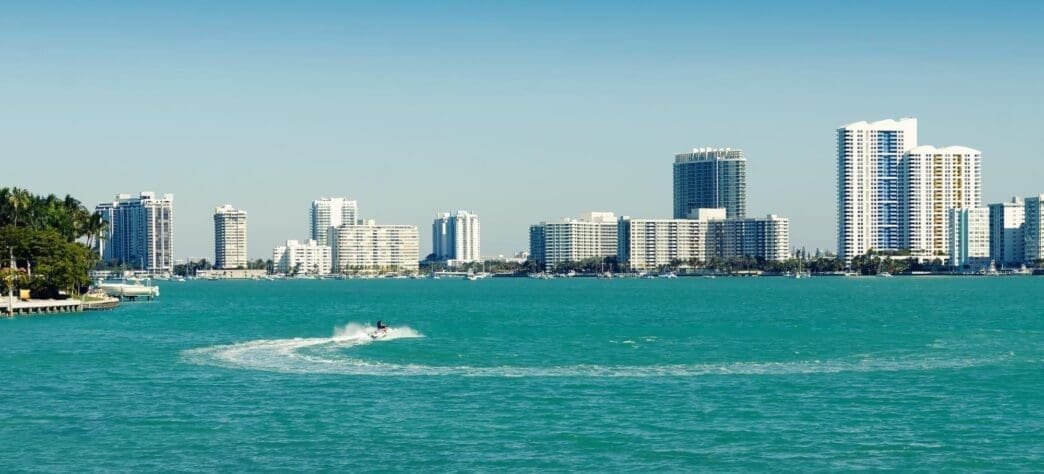Nestled along the tranquil shores of southeastern Florida lies a body of water as rich in history as it is in beauty. Biscayne Bay, a lagoon of vast biodiversity, has long been a silent witness to the unfolding narrative of the land it embraces. It is here, on the cusp of these rippling waves, where we begin our tale—a journey stretching back a millennium.
Before European sandals ever tread upon the sun-kissed sands, the Tequesta tribes called the coastline of Biscayne Bay their home. These indigenous people were master navigators and fishermen, their lives harmoniously woven into the mangrove-fringed estuaries. The Tequesta thrived on the bay’s bountiful resources, living a life sustained by the sea’s generosity, leaving behind little more than whispers of their existence—whispers we are only beginning to fully understand.
Crossroads of Conquest: The Age of Exploration Ashore
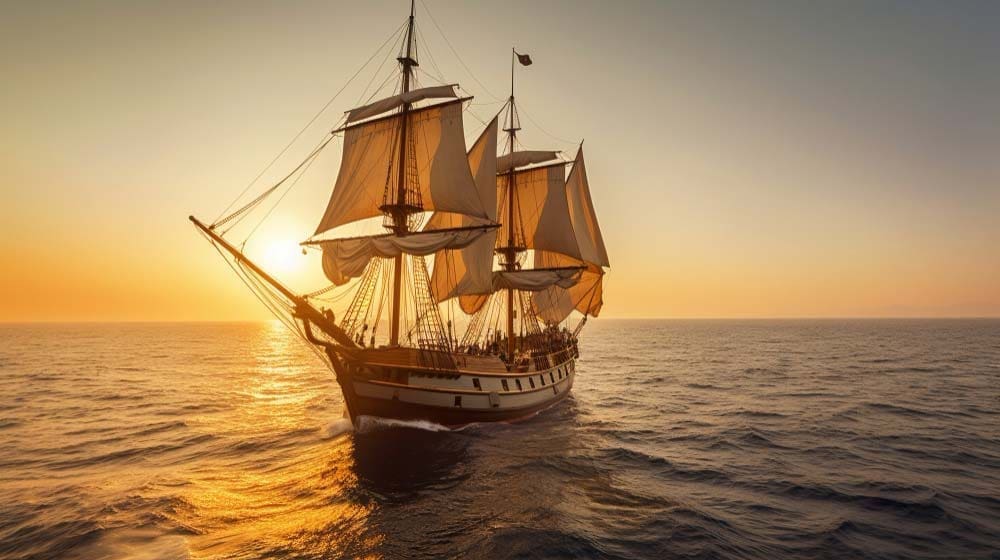
As pages turned on the calendar of time, the pristine waters of Biscayne Bay would soon reflect the sails of European explorers. The 16th century heralded the arrival of Spanish galleons, their hulls cutting through the Atlantic with ambitions of empire and conquest. Ponce de León, the famed explorer, is believed to have visited the bay in search of new territories and fabled riches.
The Spanish left an indelible mark on the region, naming it Biscayne in honor of the Biscay province in northern Spain. With them began a new era for the bay, one where the Tequesta’s way of life slowly eroded under the weight of colonization. The ensuing centuries saw Biscayne Bay become a crossroads for adventurers and settlers alike, each adding a layer to its unfolding legacy.
The Tides of Trade: Biscayne Bay in the Colonial Era
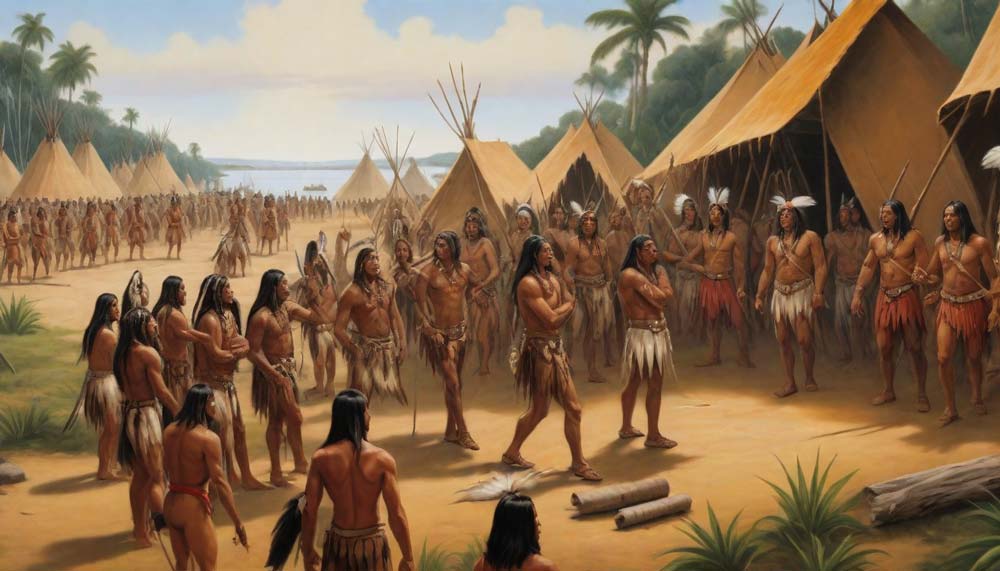
The colonial era saw Biscayne Bay transform from a tranquil hideaway to a bustling nexus of trade and commerce. As European powers jostled for control of the New World, the bay’s strategic position made it a valuable asset for the British and Spanish empires. Ships laden with goods from across the globe graced its waters, and the surrounding land began to show the first signs of permanent settlement.
Despite the political tumult of the times, Biscayne Bay’s natural charm remained untouched. Pirates and privateers, drawn by the allure of its secluded coves, were said to roam these waters—adding a swashbuckling chapter to the bay’s diverse history. With each ripple and wave, a story of intrigue and opportunity was being written upon the canvas of this maritime gateway.
Waves of Change: The Creation of Modern Miami
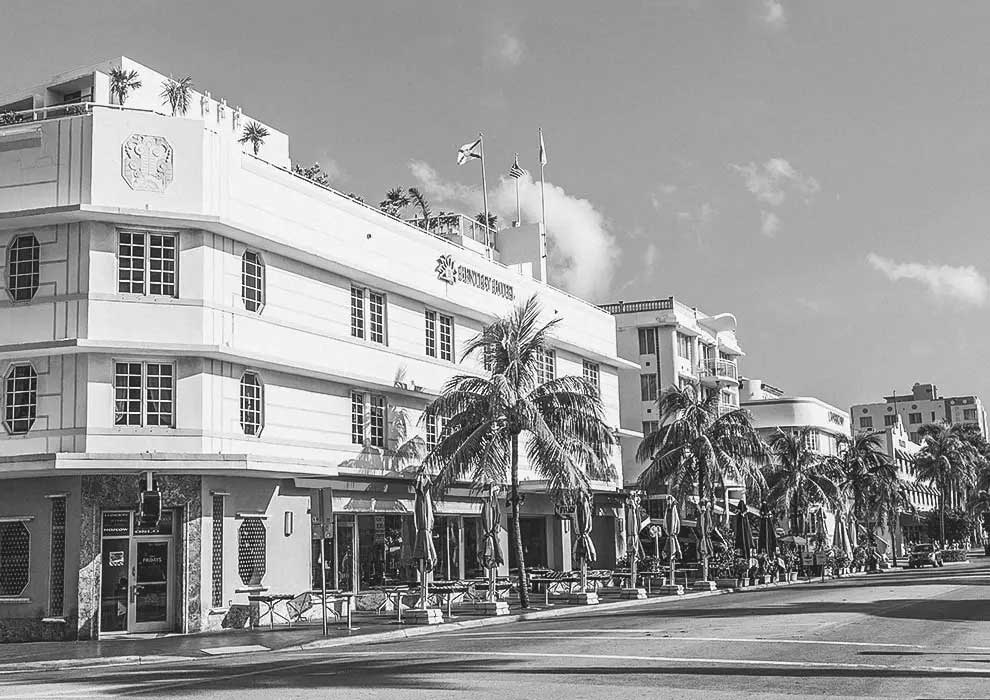
The dawn of the 20th century sparked a significant transformation for Biscayne Bay as the American frontier pushed southward. Industrialist Henry Flagler’s railroad extension to Miami acted as a catalyst, ushering in an era of unprecedented growth. Miami burgeoned from a sleepy outpost to a vibrant city almost overnight, with Biscayne Bay at its heart—its waters a mirror reflecting Miami’s newfound prosperity.
Indeed, the city’s evolution was intimately tied to the bay’s fortunes. As land developers eyed Miami’s potential, the mangroves that once cradled the bay were dredged and cleared, making way for urban expansion and the creation of artificial islands. The Roaring Twenties saw Miami’s skyline rise, bankrolled by the opulence of the age, with Biscayne Bay standing as the scenic backdrop to this unfolding architectural renaissance.
The Depths of Despair: Ecological Challenges on the Bay
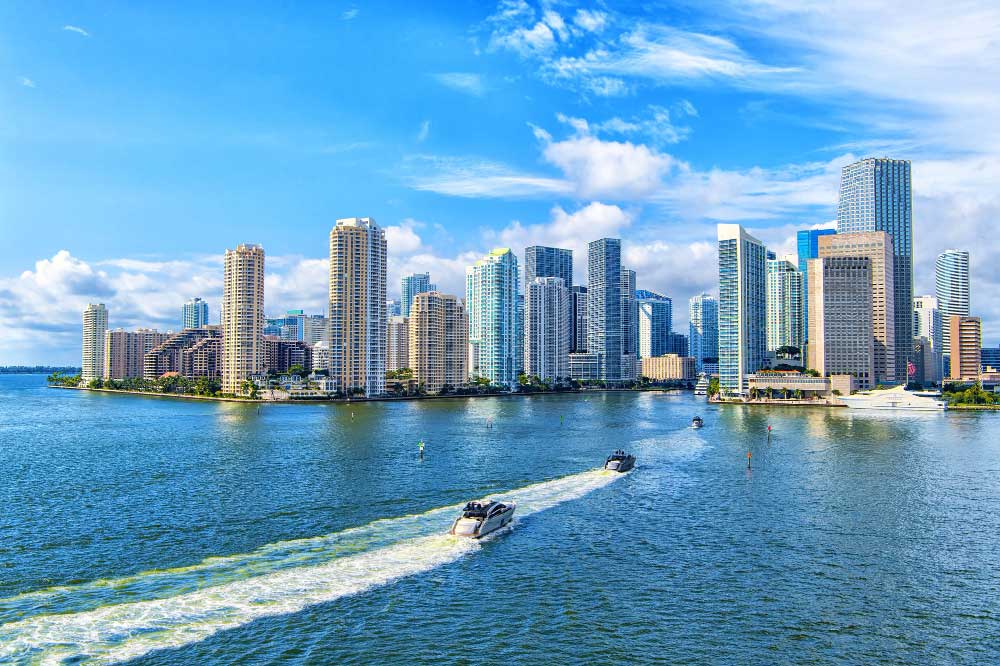
However, progress often comes at a price. The growth that fueled Miami’s rise cast shadows upon Biscayne Bay’s pristine environment. The mid-20th century bore witness to the bay’s declining health, as pollution, overfishing, and habitat destruction threatened its delicate balance. Local ecosystems, once teeming with life, began to retract under the strain of rapid urbanization and environmental neglect.
This decline galvanized the community into action, sparking a movement to reclaim the bay’s natural splendor. Efforts to protect the bay’s water quality and biodiversity gained momentum, leading to the establishment of protected areas and the implementation of conservation initiatives. The battle for the bay’s future, echoing the cry of its native roots, became a clarion call to preserve this jewel of Miami for generations to come.
A Renaissance on the Water’s Edge: Conservation and Recovery
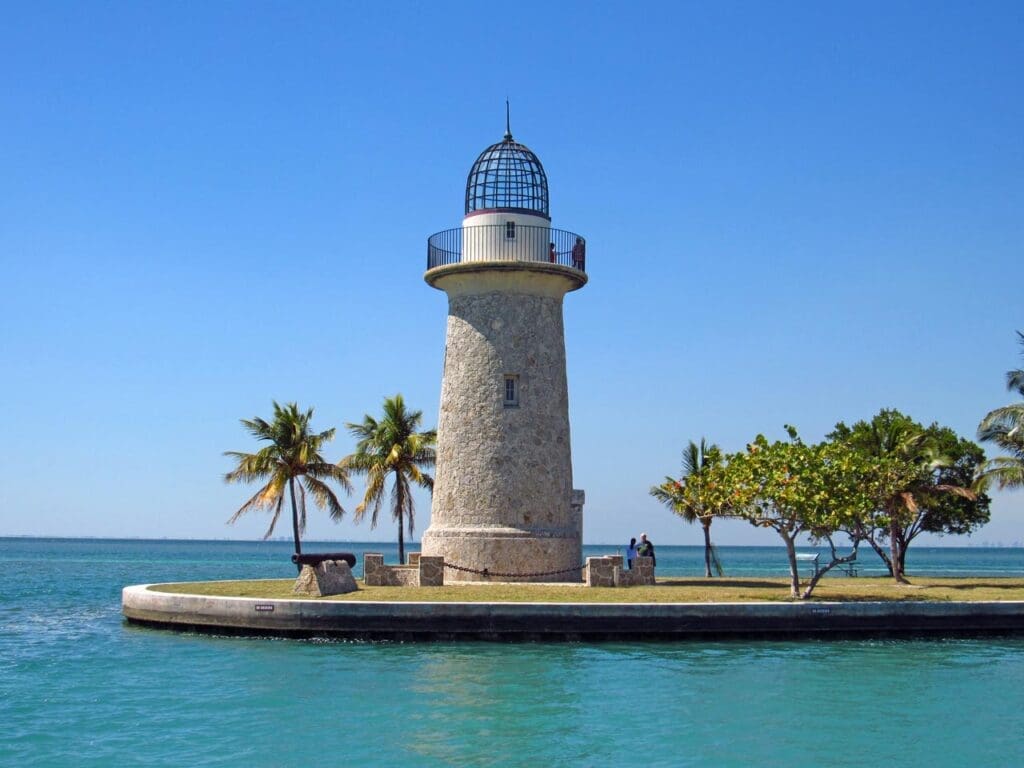
Rising from the depths of despair, the narrative of Biscayne Bay took a hopeful turn. The environmental movement of the latter 20th century began taking hold, birthing a modern-day renaissance for the bay. The creation of the Biscayne National Park in 1968 underscored this renewed dedication, providing a sanctuary for the bay’s diverse marine life and safeguarding its unique coral reefs and mangrove forests.
The community’s embracement of the bay’s natural heritage has borne fruit, leading to the resurgence of species and the restoration of habitats. Today, Biscayne Bay stands not only as a testament to Miami’s vibrant history but also as a beacon of environmental resilience—an ecosystem reviving itself against the odds, with humanity lending a nurturing hand.
The Bay Today: Bridging Past and Future

Today, Biscayne Bay captures the essence of Miami’s dynamism, bridging its rich past with an innovative future. The bay’s waters lap against a city where the old and new converge, with historic Art Deco buildings standing shoulder-to-shoulder with modern high-rises. It is a place where cultural festivities celebrate heritage while forward-thinking green initiatives look to sustainably sculpt the metropolis of tomorrow.
The bay remains a recreational haven, a turquoise expanse where sailboats drift on breezy afternoons and paddleboarders glide across placid waters. It is a living tableau, one that continues to inspire artists, environmentalists, and residents alike—a tapestry woven with threads of history, nature, and human ambition.
Charting the Course Ahead: The Future of Biscayne Bay
As we peer into Biscayne Bay’s horizon, we are reminded that its story is far from over. The challenges of climate change and ongoing urban pressures necessitate continued vigilance and action to ensure the bay’s preservation. It is up to current and future generations to chart the course ahead, navigating the waters of stewardship and sustainable development.
Biscayne Bay has been a silent sentinel, its ripples echoing tales of ancient tribes, treasure-seeking explorers, and the rise of a metropolis. As Miami continues to evolve, the bay’s history serves as both an anchor and a compass—guiding us toward a future where the legacy of Biscayne’s chronicles is celebrated, protected, and perpetually retold.


